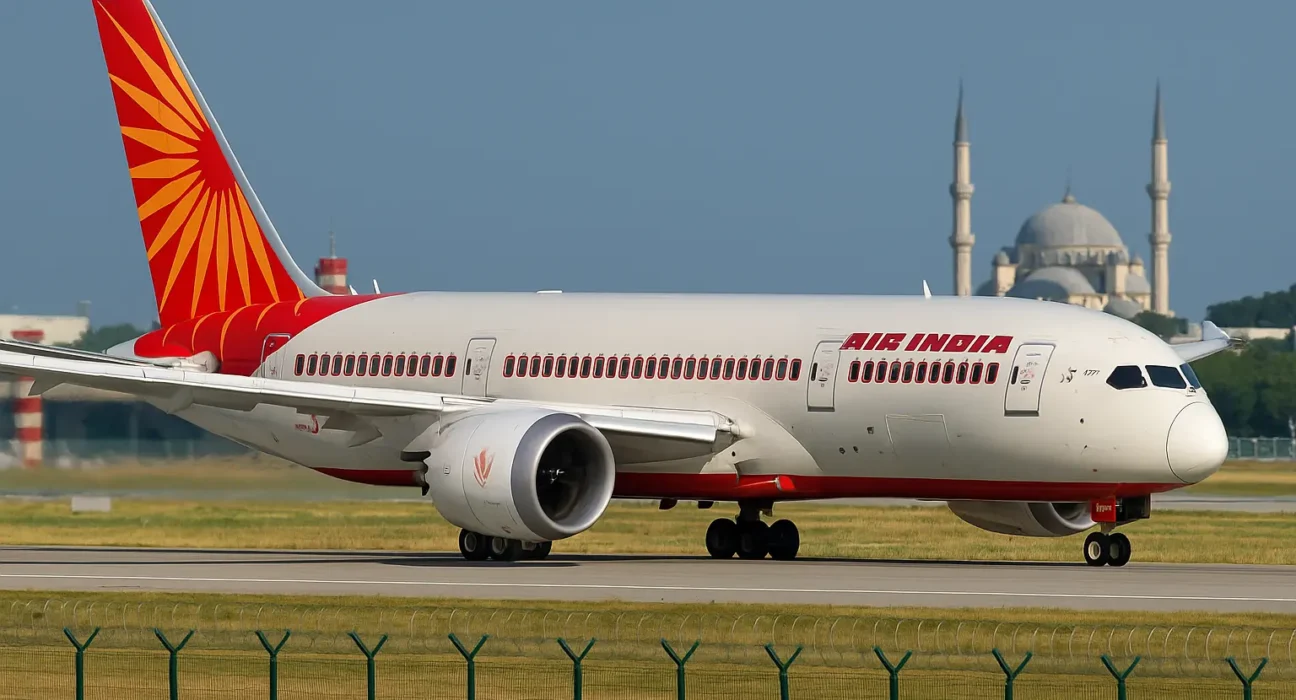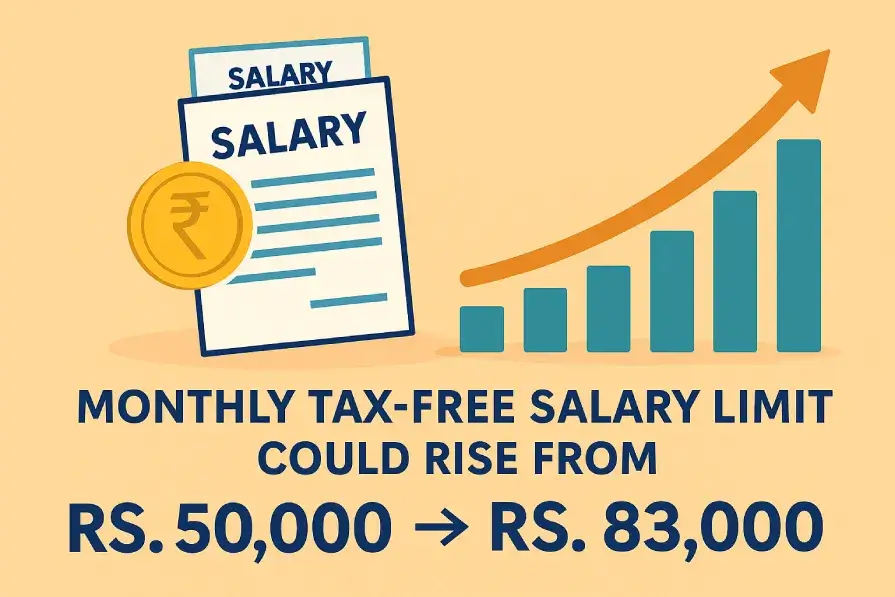Pakistan Keeps Airspace Closed to Indian Airlines Amid India-Pakistan Tensions

For the 22nd straight day, Pakistan has stopped Indian cargo and commercial planes from using its airspace after the Pahalgam incident. Because of the extended ban, Indian carriers have lost a lot of money and have been hampered in their operations.
Background: The Pahalgam Incident and Escalating Tensions
On that day, a terrorist attack took place near Pahalgam in India-controlled Kashmir, leaving 26 Indian tourists deceased. As a result of India’s attribution, the country launched attacks against the militants and applied some diplomatic restrictions with Pakistan. That same day, Pakistan shut down its airspace to Indian flights in order to intensify the crisis.
Financial Impact on Indian Airlines
Because airspace is closed, Indian airlines are moving their flights to different routes which adds fuel expenses, extends trips and boosts operating expenses. About 2,300 flights have been canceled, leading to losses of over ₹4.6 billion ($55 million) for Indian airlines only in three weeks. Air India thinks that if the airport is closed for another year, it could cost the company up to $600 million. The airline asked the Indian government for assistance to offset the losses it has experienced.
Operational Challenges and Flight Disruptions
It has mostly affected flights that travel long distances to Europe, North America and the Middle East. Aerial routes are now pushed north over the Arabian Sea and Central Asia, so each flight now takes an extra three hours. Because of this, airlines have to spend more on fuel and organize more resources and planning for the crew.
Disruptions to cargo shipping have caused shipments to be late and goods’ transportation costs to go up. Businesses that need rapid international shipments are facing challenges due to issues freight companies have with moving goods across countries.
Diplomatic Efforts and the Path Forward
Although an agreement on a ceasefire allowed India to open 32 airports, its planes are still blocked from flying into Pakistan. The fact that the airport is still shut down demonstrates that the current truce is uncertain and it will take time to normalize things again.
The situation is worsened by the increased requests from the airline sector and international players for a quick resolution. Airlines and the economies of both countries suffer as a result of the lengthy airport closure, along with decreased exchanges between people.
Conclusion
Since Pakistan closed its airspace to Indian operators, Indian aviation is dealing with major problems and losing a lot of money. Since issues remain, it is important for authorities to address them and find solutions to preserve peaceful air and relations with other countries.









